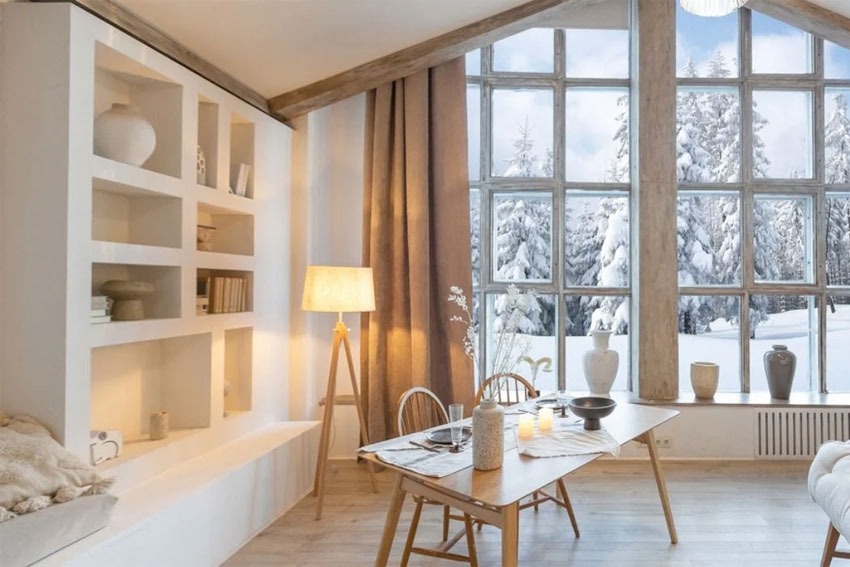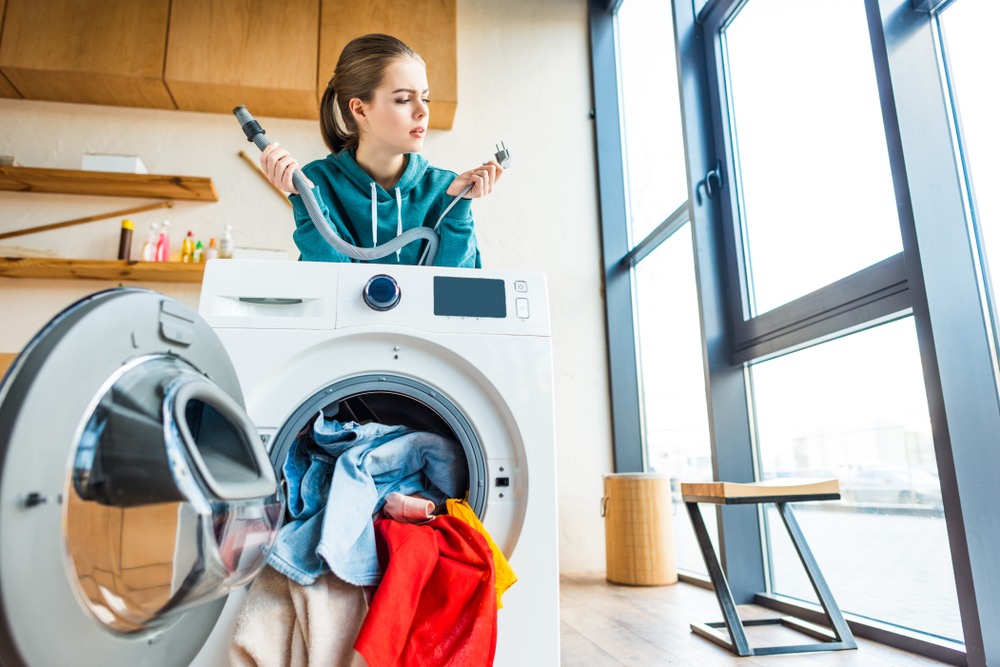If installing a brand-new swimming pool is on your wishlist, you need to consider a few crucial things. Do some homework in order to discover exactly what you are looking for, but to help you out, here are a few things explained by experienced swimming pool designers.
7 things you need to define before installing a swimming pool in your backyard
1. Define the purpose
The very first thing is to define the purpose of your swimming pool. Are family recreation activities your primary concern? Is it for entertaining your friends and colleagues? Do you want it for health benefits? Or is it just a luxury that you want in your property?
Whatever the reason is, just think about it before you step ahead and start designing your pool. Also, by figuring out the purpose, you can place yourself in a better position to determine the design, shape, size and type that will work best for you and your space.
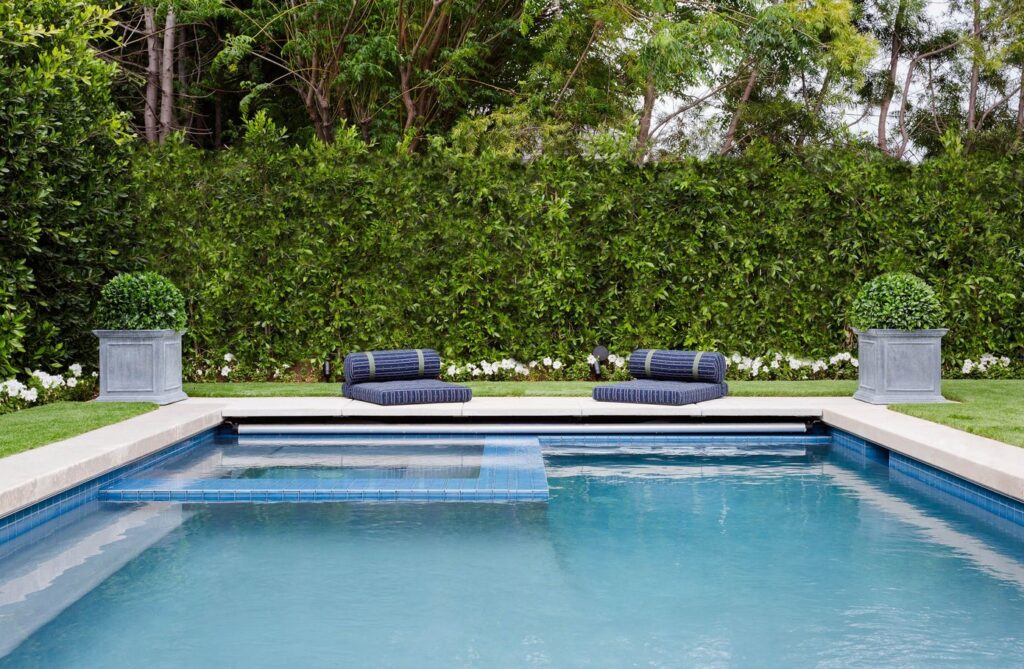
2. Define a clear budget
In the process of pool planning, you need to set your budget as early as possible so that you can start thinking about the other possibilities that you can have with your aquatic paradise. When you have a clear budget, you automatically have a clear vision of what you can have, which means you’re ready to make it real.
In order to define your budget, you need to consider many additional expenses such as decking, landscaping, covers and heating systems (if required). And then are the ongoing expenses, including filtration and pool maintenance. With the help of an experienced swimming pool installer like Horizon Pools, you can get an early estimate, which will help you grasp the entire project.
3. Define the type – in-ground or above-ground?
Now, it’s the time to consider which type of swimming pool is best-suited for you and your budget – in-ground or above ground. In deciding between what you want and what you can afford, your backyard space can act as a deciding factor. Usually, in-ground swimming pools require less space; while above-ground are the ones which are portable and less expensive.
Although in-ground pools come with soil excavation and removal, which is a costly deal as compared to the above-ground option, such pools have a more permanent vibe. However, if you have a steep location, it may be better and easier to opt for an above-ground one. Consider consulting a knowledgeable swimming pool installer to get a clearer picture of above and in-ground pools in Melbourne.
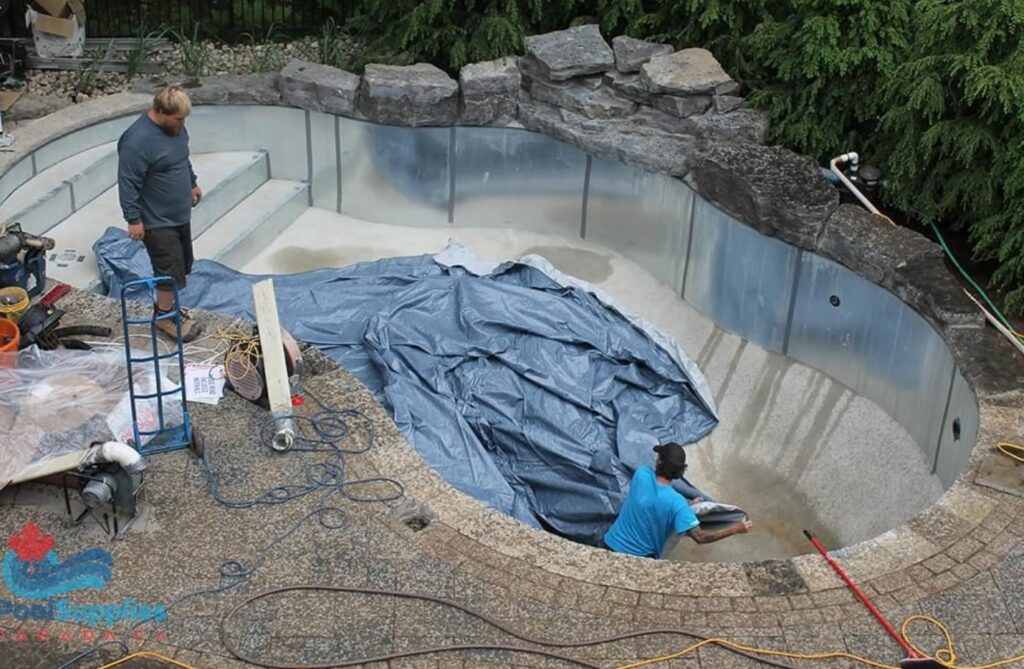
4. Define the material – concrete or fibreglass or vinyl
Among all construction materials, concrete and fibreglass are the most popular choices. If you are looking for in-ground pools, you’ll probably have to look at the concrete pools as the most durable option. They are flexible in terms of shape, size and depth and can be customised easily as per your needs. Plus, there are a number of interior finishing options available for them, which mainly include marble, tiles, coloured quartz, pebbles and much more.
When it comes to fibreglass pools, they are generally pre-formed where the basin is placed inside the excavated hole and then the area is refilled with a soil mass. Afterward, a concrete deck is constructed around it. Another popular option is vinyl pools which are similar to fibreglass but have a limited number of sizes and shapes.
5. Define your landscaping needs
Landscaping is an amazing way to achieve aesthetics and privacy. The landscape features you are going to opt for can affect different parameters of your pool such as its shape, size and location. Also, they can be used to add lushness and create a specific theme or environment.
Consider incorporating existing landscape features into your design and always leave some room for additional options such as fencing and garden. It will not only complement the design but also help younger ones stay safe and secure.
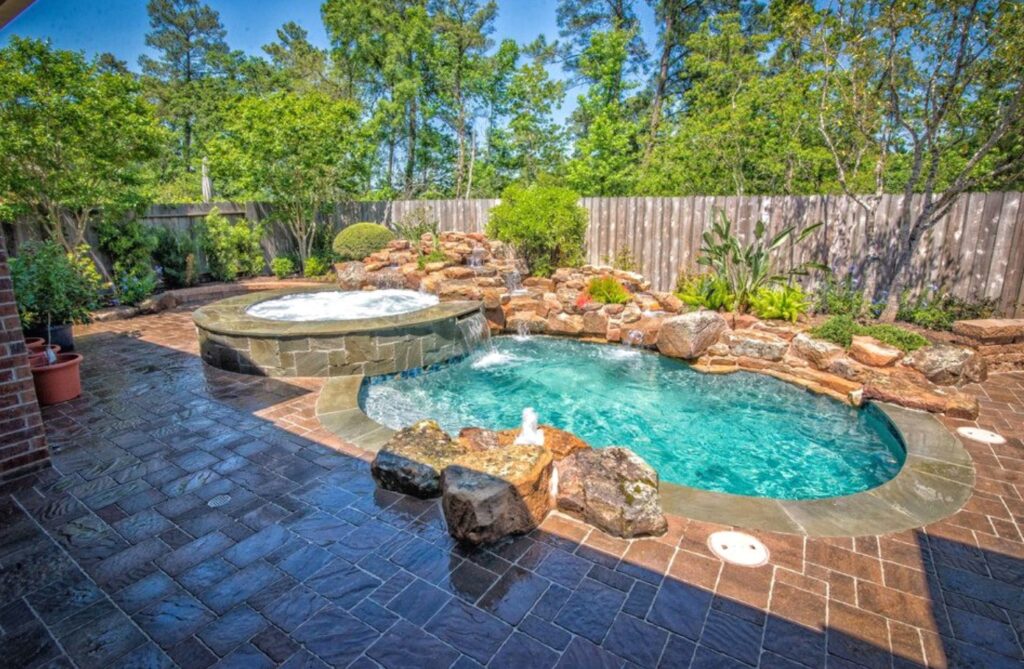
6. Define the additional features
Once you are done deciding the material, type and landscaping of your pool, now think about the features you may want to add in the future. There are nifty features like fountains, waterfalls and ponds that can be used to elevate the look and functionality of your private oasis. Also, considering ladders and handrails will be a good move for people with limited mobility.
Even if you are not incorporating these features, it’s prudent to have room for future installation. These additional options can leverage the aesthetic and recreational potential of your property. So, stay ahead of time by ensuring you can accommodate any additional feature in the future.
7. Define your builder wisely
Same as constructing a new building, it’s crucial to opt for a reputable contractor that will install your small backyard swimming pool in a safe, efficient and professional way while keeping you in-budget. In order to reach some good swimming pool designers and builders, you can ask for references from your friends and colleagues who already own swimming pools and have knowledge about the installation process.
It’s always wise to talk to different pool builders or installers in order to find the one you can trust. Determine how long they’ve been in the industry, what are their previous records and how much they will charge. Also, make sure the builder you select is insured and provide the available warranty.
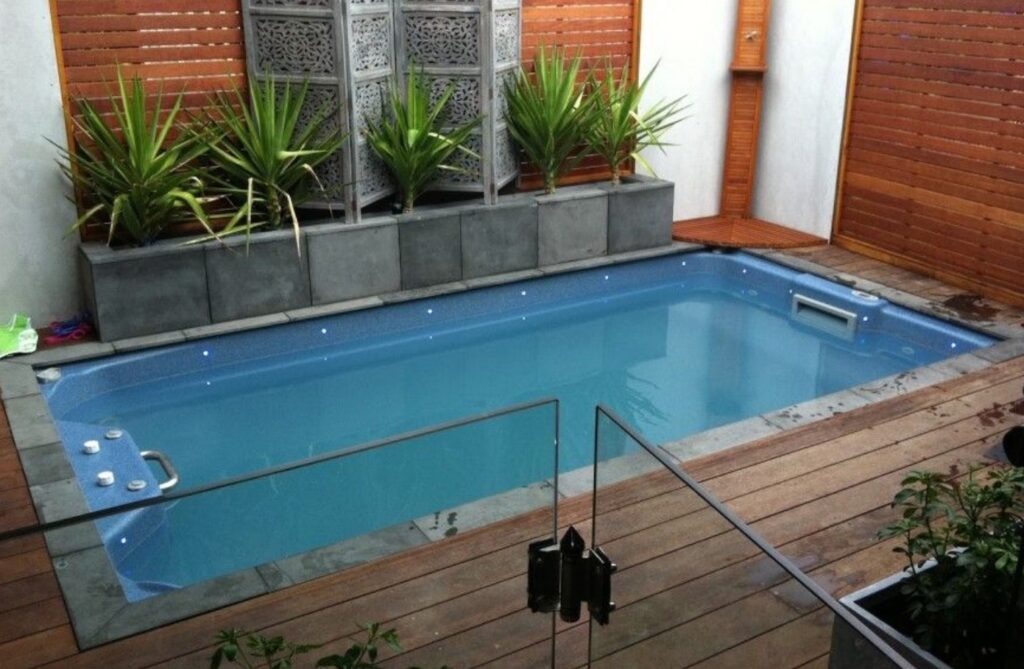
The ending note
In 2017/2018, 18 children drowned in Australia. Around 67% of these deaths were caused by drowning in swimming pools. The point is that you should be very careful and precise with your small backyard swimming pool installation.
So, hopefully this article can help you make the right decision regarding your swimming pool installation. If you enjoyed reading this vital piece of information, do comment below and let us know if you have any additional advice.



